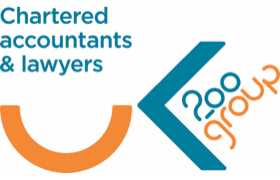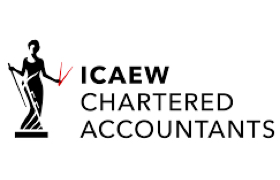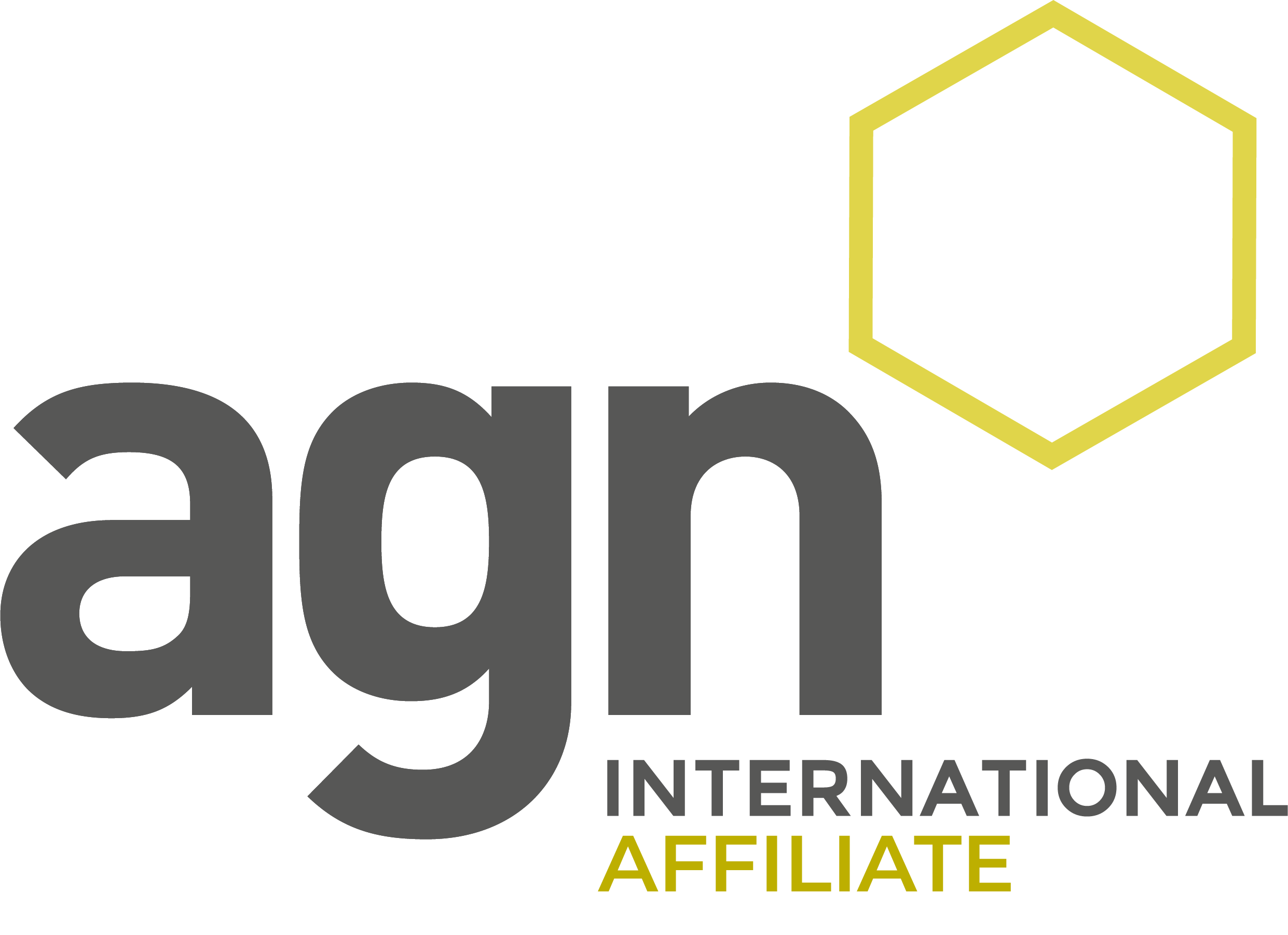The national insurance tax cut
- 10th January 2024
For employees, the national insurance cut announced in the Autumn Statement took effect on 6 January.
For many years, successive governments have been happy for the public to vaguely believe that national insurance contributions (NICs) are building up in some national benefit fund, rather than representing just another tax on income. While something called the National Insurance Fund does exist, as a House of Commons Library briefing noted back in 2019, “The Fund operates on a ‘pay as you go’ basis; broadly speaking, this year’s contributions pay for this year’s benefits.”
For politicians, the perceived difference between NICs and income tax made it possible to grab the headlines by reducing the basic rate of tax while receiving much less attention for maintaining or even increasing revenue by raising NICs.
Last November, the Chancellor appeared to have finally given up on the distinction-without-a-difference approach by proclaiming that his cuts to NICs for employees and the self-employed were tax cuts.
The changes
If you are an employee (but not a director, to whom special rules apply), the cut means your main NIC rate (on annual earnings between £12,570 and £50,270) fell from 12% to 10% from 6 January 2024. The extra amount in your pay packet is broadly the same as if a 2p cut had been made to basic rate tax (which covers the same £37,700 band of income). However, from the Chancellor’s viewpoint, the NICs cut was cheaper, as there was no ‘tax cut’ on pension or investment income, both of which are NIC-free.
The employer’s NIC rate did not change, remaining at 13.8% on all earnings above £9,100. If your earnings are below £50,270, the theoretical advantage of using salary sacrifice to pay pension contributions has been marginally reduced but remains attractive, as shown in the table below, based on a £1,000 sacrifice.
If you are among the growing band of higher or additional rate taxpayers, the financial advantage of salary sacrifice is unaltered. Either way, if you are not using salary sacrifice to pay pension contributions, it is still worth taking advice about the option. It is beneficial in most circumstances, but there are drawbacks to be aware of.
Personal contribution |
Salary sacrifice employer contribution (sacrificed amount + NIC saving) |
|||
Employee NIC rate |
12% |
10% |
12% |
10% |
£ |
£ |
£ |
£ |
|
Gross salary |
1,000 |
1,000 |
Nil |
Nil |
Employer pension contribution |
Nil |
Nil |
1,138 |
1,138 |
Employer NIC |
138 |
138 |
Nil |
Nil |
Total employer outlay |
1,138 |
1,138 |
1,138 |
1,138 |
Employee salary |
1,000 |
1,000 |
Nil |
Nil |
Less: income tax |
(200) |
(200) |
||
Employee NICs |
(120) |
(100) |
||
Net pay = net pension contribution |
680 |
700 |
||
Tax relief |
170 |
175 |
||
Total pension contribution |
850 |
875 |
1,138 |
1,138 |
Gain |
33.9% |
30.1% |
||
Tax planning
Any news or resources within this section should not be relied upon with regards to figures or data referred to as legislative and policy changes may have occurred.



